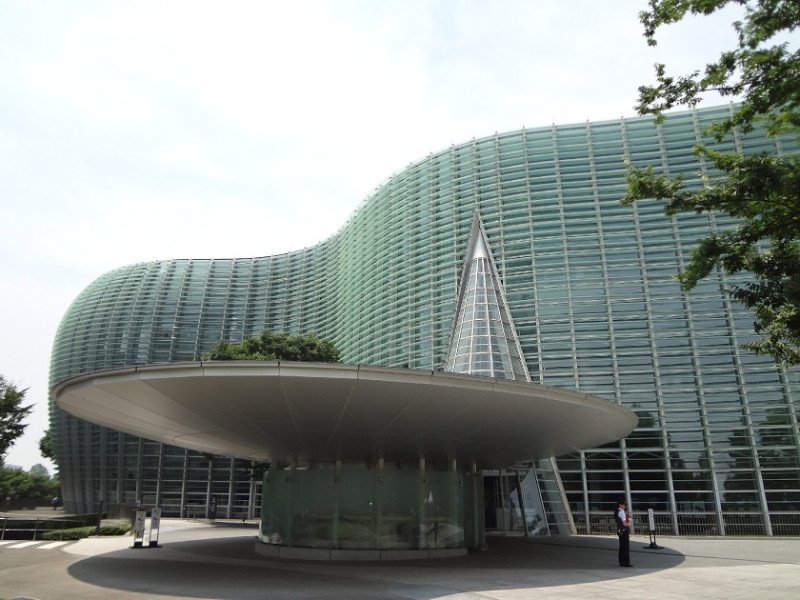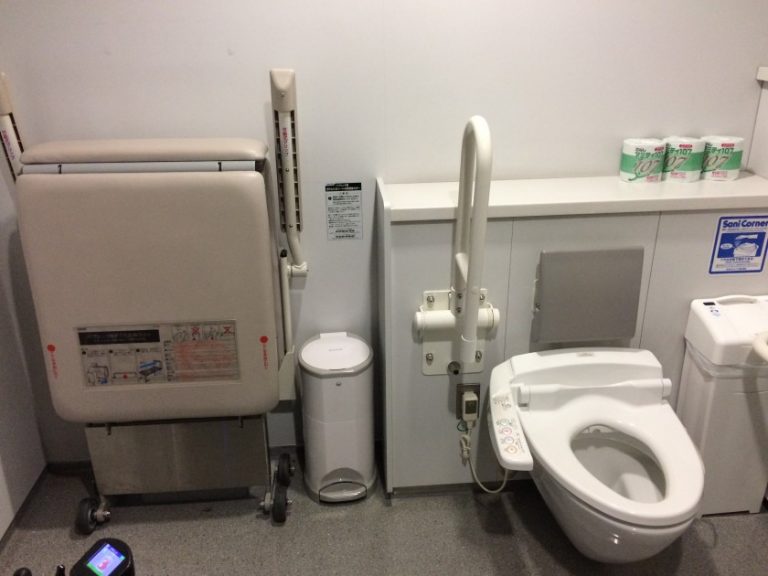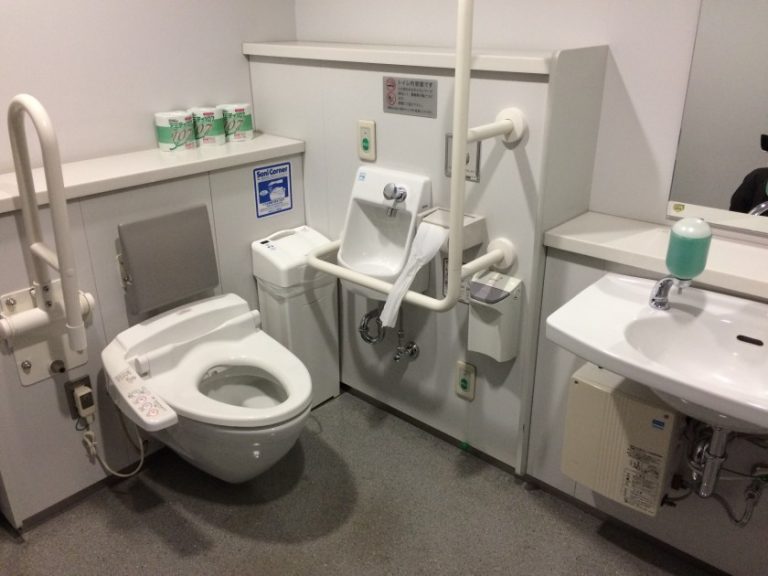- Overview

Feel like taking in something highbrow in Tokyo? Why not some art!
The National Art Center (Kokuritsu Shin-Bijutsukan), Tokyo is an art museum located in the upscale Roppongi district. Opening on January 21, 2007, it is a unique and innovative art exhibition facility: instead of maintaining a permanent collection, it makes the most of its 14,000 square meters of exhibition space – one of the largest in Japan – and focuses on acting as a venue for various art exhibitions.
The National Art Center is open from 10:00 to 18:00 (Fridays 10:00-20:00). Last admission is 30 minutes before closing. It is generally closed on Tuesdays, and for the New Year’s holidays.
Getting There
There are three stations that serve the National Art Center, so it will depend on where you are coming from. Here are the locations of wheelchair accessible exits:
- Nogizaka Station (Tokyo Metro Chiyoda Line, Exit 6)
- Roppongi Station (Tokyo Metro Hibiya Line, 1C into Roppongi Hills)
- Roppongi Station (Toei Oedo Line, Exit 7)
Clicking on the station name will show you a map of station layout, showing exits with elevators and the location of accessible toilets.
Wheelchair Accessibility
As you might expect, being a nationally funded public museum, accessibility is excellent.
There are 10 wheelchair accessible restrooms available including one with a changing table in the basement. Eleven manual wheelchairs are available free of charge to borrow on a first-come, first-serve basis. The central elevators are large and have wheelchair-height buttons. The entrances are equipped with automatic doors and slopes.
There likely aren’t many English lectures, but for those with hearing aids, the 3rd floor auditorium is equipped with an induction loop (telecoil) system and 10 receivers are available free of charge.
The visitors to exhibits are very orderly and are generally understanding of people with disabilities. However, for a particularly popular exhibit, you may not get to the front without being assertive. This is even more true when the exhibit ends in a very busy souvenir shop.
The website states that “Physically-challenged visitors (and one attendant) may enter the Center free of charge.” However, it is likely a translation of the Japanese site, thus written for a person living in Japan – and assuming the visitor has an identity booklet verifying their disability. There is a chance you may be asked to pay.
Conclusion
While this is not an essential place to visit in Tokyo, it can be a nice place to pop-by if you are already in the popular Roppongi district. As the exhibits often change, you might want to check the National Art Center, Tokyo website before you go.
- AccessPhone: 03-5777-8600
No Records Found
Sorry, no records were found. Please adjust your search criteria and try again.
Google Map Not Loaded
Sorry, unable to load Google Maps API.
- Photos
- Reviews
- Nearby Hotels
- ANA InterContinental Tokyo is in an ideal location near Akasaka, Ginza, Kasumigasek, and Roppongi. The hotel provides easy access to must-see sites like the Imperial Palace, Senso-ji Temple and the Read more...
- Centurion Hotel Grand Akasaka is conveniently located just a 3-minute walk from Akasaka Subway Station and a 2-minute walk from Akasakamitsuke Subway Station and offers great access to the Ginza Read more...
- Shiodome Italia-Gai, or Italy Town, is an area of Tokyo with a bit more of an open feel and a number of buildings with an “Italian feel” to them, including Read more...
Have a question?
We try our best to provide information to a wide audience. But everyone has different needs.
If you have some specific questions about this listing, come join us on Tabifolk in the Japan group and we will get you the information you need!
Share your pictures of your trip or look up the accessibility of your next location with SIM cards or pocket WiFi!






